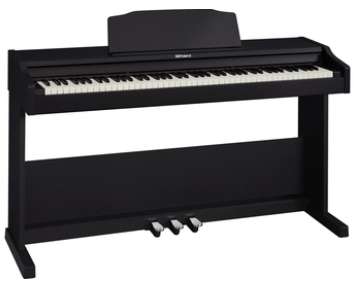Arrangement of notes on the guitar fretboard
Many beginning guitarists, when selecting compositions, are faced with certain tasks, one of which is how to identify any notes on the guitar fretboard. In fact, such a task is not so difficult. Knowing the location of the notes on the guitar neck, you can easily select any piece of music. The structure of a guitar is far from the most complex, but the notes on the fretboard are arranged a little differently than, for example, on keyboard instruments.
Guitar tuning
First you need to remember the tuning of the guitar. Starting from the first string (thin) and ending with the sixth (thickest), the standard tuning will be as follows:
- E – the note “E” is played on the first open (not clamped on any fret) string.
- H – the note “B” is played on the second open string.
- G – the note “g” is reproduced by the unclamped third string.
- D – the note “D” is played on the open fourth string.
- A – string number five, not clamped – note “A”.
- E – the note “E” is played on the sixth open string.
This is the standard guitar tuning used to tune the instrument. All notes are played on open strings. Having learned the standard guitar tuning by heart, finding any notes on the guitar fretboard will not cause any problems at all.
Chromatic scale
Next, you need to turn to the chromatic scale, for example, the “C major” scale given below will greatly facilitate the search for notes on the guitar fretboard:
It follows that each note held on a certain fret sounds higher by a semitone than when pressed on the previous fret. Eg:
- The second string that is not clamped, as we already know, is the note “B”, therefore, the same string will sound half a tone higher than the previous note, that is, the note “B”, if it is clamped on the first fret. Turning to the C major chromatic scale, we determine that this note will be the C note.
- The same string, but clamped already on the next fret, that is, on the second, sounds higher by a half tone of the previous note, that is, the note “C”, therefore, it will be the note “C-sharp”.
- The second string, accordingly, clamped already at the third fret is the note “D”, again referring to the chromatic scale “C major”.
Based on this, the location of the notes on the guitar neck does not have to be learned by heart, which, of course, will also be useful. It is enough to remember only the tuning of the guitar and have an idea of the chromatic scale.
The notes of each string on each fret
And yet, there is no way without this: the location of the notes on the guitar neck, if the goal is to become a good guitarist, you simply need to know by heart. But it’s not necessary to sit and memorize them all day long; when selecting any music on the guitar, you can focus on what note the song begins with, look for its location on the fretboard, then what note the chorus, verse, and so on begin with. Over time, the notes will be remembered, and it will no longer be necessary to count them from the tuning of the guitar by semitones.
And as a result of the above, I would like to add that the speed of memorizing notes on a guitar neck will depend only on the number of hours spent with the instrument in hand. Practice and only practice in selecting and finding notes on the fretboard will leave in memory each note corresponding to its string and its fret.
I suggest you listen to a wonderful composition in trance style, performed on classical guitar by Evan Dobson:



